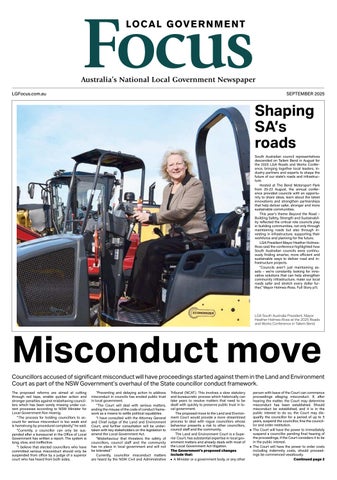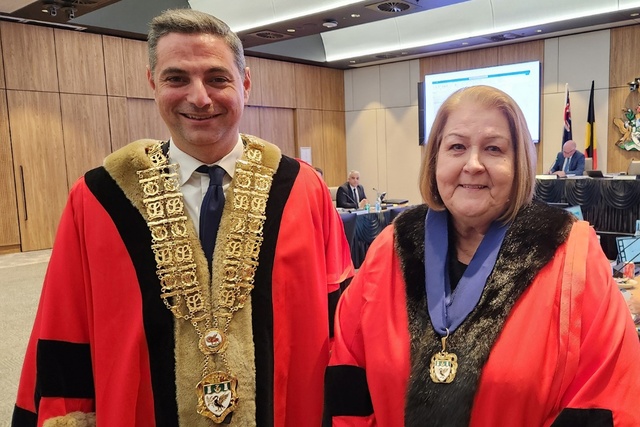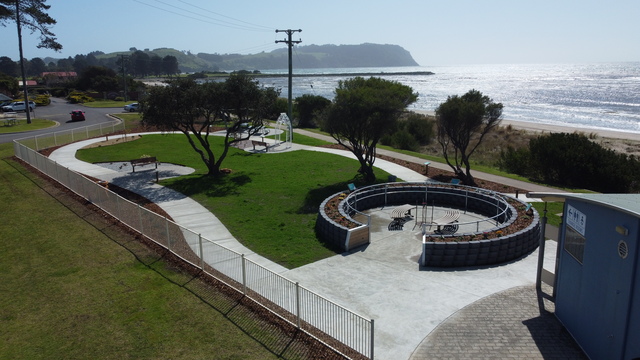Its been 30 years since Joni Mitchell’s song ‘Big Yellow Taxi’, alerted the world to the effects of urbanisation of our lands. Today, conservation of land resources is a crucial factor in delivering a balanced lifestyle for communities. Fundamental to the success of local Councils is their role as interface and facilitator of community’s involvement in planning our cities to achieve this balance.
Ex Sydney-sider, Terri O’Brien, has worked as an Urban and Regional Planner in consultancy for both State and Local Government. Her role at AlburyCity encompasses a range of strategy development procedures that meld a passion for the heritage of the area with her belief that urban planning is about finding a balance between lifestyle and resources.
Terri O’Brien outlines some of the planning and thought behind AlburyCity’s Hamilton Valley Strategy.
AlburyCity is a carefully unfolding success story. Situated on the border of NSW and Victoria, Albury’s 45,000 inhabitants are reaping the rewards of a carefully balanced process of community involvement lead by Albury Council’s vision for the city’s future.
“Historically, people needed to be located on a river, but they also resisted I think, the notion that they were dependent on the river,” Terri O’Brien said. “They saw it more as a commodity than as a resource.”
Thinking among local Councils in particular has changed incredibly since the early days. Natural resources are now far more valued and recognised as providing the complex life blood of our communities. In Albury, a carefully nurtured integration with and sustained proximity to the Murray River and the natural beauty of the surrounding high country inevitably draws people to its environs. This has lead to Albury’s growth rates topping 1.6% annually.
Because of this expansion, the established estates within the city must be extended within the next two to five years. Given the relative shortage of developable land within the city boundaries, Hamilton Valley on the North Western outskirts of the City, represented the main residential development front in the foreseeable future. The Valley has been deemed capable of providing approximately 1,700 residential allotments at traditional densities.
“A major emphasis in AlburyCity’s approach to planning involved looking at how people live, work and recreate,” Terri O’Brien said. “The resultant Hamilton Valley Strategy focuses its core concern, on the protection of the environment and sustainability into the future.”
A far cry from the notion of throwing up more housing and adding on to the grid system, the Hamilton Strategy features conservation of existing vegetation and areas of habitat value. By protecting creeks and banks, and implementing sound fire protection prior to development, the formulation of servicing strategies will support growth without degradation of the environment.
This approach to land development will be used for future strategy development throughout the expanding city. The culture shift from reactive to proactive development when identifying opportunities for development and planning is a significant step forward. AlburyCity may still put up parking lots, but Council is determined not to ‘pave paradise’ to get them.







